Back in 1879, Thomas Berbery, creating a unique gabardine fabric, could not even think that it would remain popular in a hundred years. This fabric received recognition not only in its homeland - in England, but also in other countries, especially where weather conditions require wearing clothes made of waterproof materials.
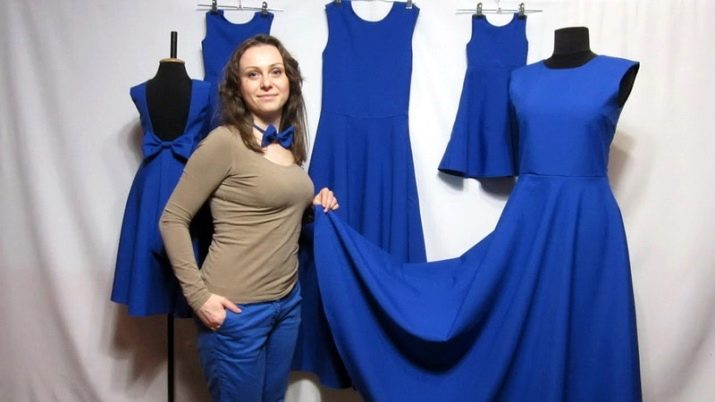
What it is?
Gabardine is a fabric that is obtained by weaving two strands diagonally, with one of the threads thinner than the other. Tight weaving looks like a large hem with an inclination of about 60 degrees. This type of weave has its own name - twill. Twill weave allows the material to stretch at an angle, which, in turn, allows you to sew comfortable and durable clothing, as well as to oblique cut products.
The characteristics of the gabardine fabric and its description as a natural fabric are based on its composition. Traditionally, this material is made from woolen threads, which are made from sheep’s merino wool. However, with the improvement of light industry technologies, other fibers, such as viscose, cotton, synthetics, silk, began to be added to the wool composition.

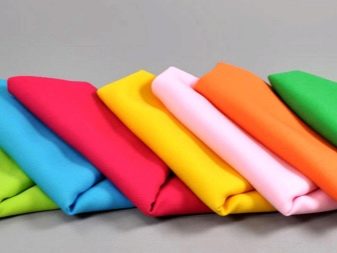
Structure
The composition of the gabardine fabric directly depends on the composition of the fibers of which it is made. Currently, gabardine fabric can be made of woolen, artificial and synthetic threads. Its composition can be classified as follows.
- Woolen. It is made exclusively from natural wool of various densities.
- Wool Blend Woolen threads in gabardine are combined with viscose, linen and synthetics (polyester).Moreover, their percentage may be different.
- Cotton. Cotton material is lightweight and durable. Curled cotton threads form a very strong bond.
- Silk. For the manufacture of gabardine with silk threads, artificial silk is used, which consists of viscose and polyester.
- Synthetic. The basic composition is polyester with or without viscose and wool. Synthetic gabardine has a high tensile strength.
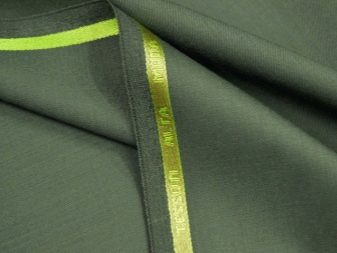
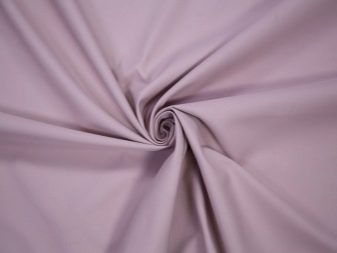
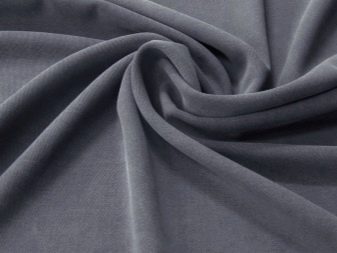
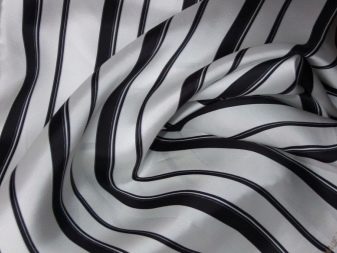
The properties
The composition of gabardine determines its properties that are different from other tissues.
- The relief pattern. The relief of the pattern is formed from a characteristic scar. There is a relationship between the composition and severity of the relief. The more woolen fibers in the yarn, the more pronounced the hem. If synthetic fibers predominate in the fabric, the scar is almost invisible.
- The weight of the canvas. The weight of the gabardine is quite lightweight and soft to the touch.
- Density. Despite its lightness, gabardine is considered a fairly dense fabric.
- Light tightness. This property is perfectly used in the manufacture of night curtains, which limit the transmission of sunlight. Curtains almost do not shine through.
- Excellent breathability. Gabardine can breathe and passes air to the skin well. This property explains the good hygiene of this material.
- Water repellent. During the production process, the web is treated with special water-repellent impregnation. Due to this, during rain, the fabric repels moisture drops, the clothes do not get wet.
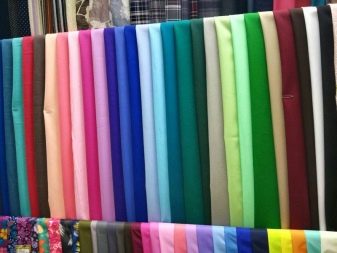
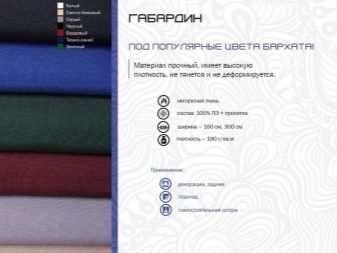
- High crease resistance. This property of gabardine facilitates ironing, since the product from it practically does not crease during wear and operation.
- Excellent drape allows you to create beautiful folds in clothes and in the interior.
- Wear resistance and durabilityas well as resistance to mechanical damage. The service life of gabardine is quite long, due to which products from it can be worn indefinitely.
- Gabardine is good keeps its shape and does not deform during socks and after washing.
- Products from gabardine easy to eraseare quickly dried and ironed without any problems.
- Rapid flaking. This property must be taken into account when cutting and quickly process slices.
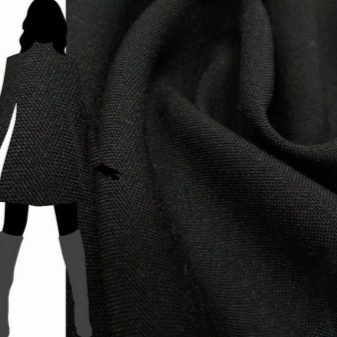
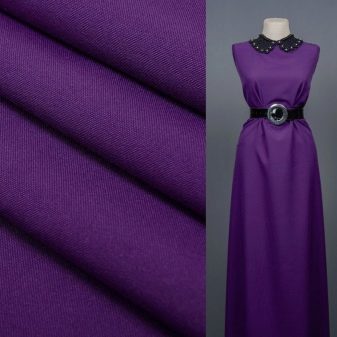
Kinds
The composition and properties of modern gabardine depend on its type, the raw material from which it is made. The use of one or another type of gabardine when sewing products depends on the functional and aesthetic purpose of these products.

Stretch gabardine
Externally, this material is a smooth and thin canvas, characterized by elastic properties. Synthetic yarns used in the production of stretch gabardine have a great influence on the improvement of stretching. As a rule, these are elastane threads or lycra. The composition also includes artificial and natural fibers: viscose and six.
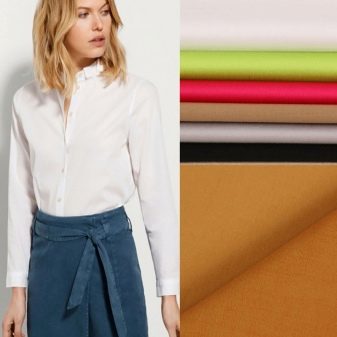
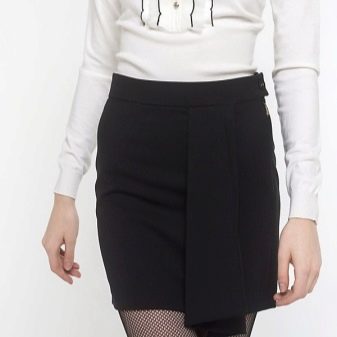
Woolen
In its composition, this type of premium quality gabardine contains exclusively natural wool, which can differ in physical properties, be of different density and density. Dense and warm material is made from coarser yarn, which goes to tailoring trench coats and coats. Yarn softer allows you to make soft and thin fiber, which Ideal for tailoring suits and upholstery for sofas and armchairs.
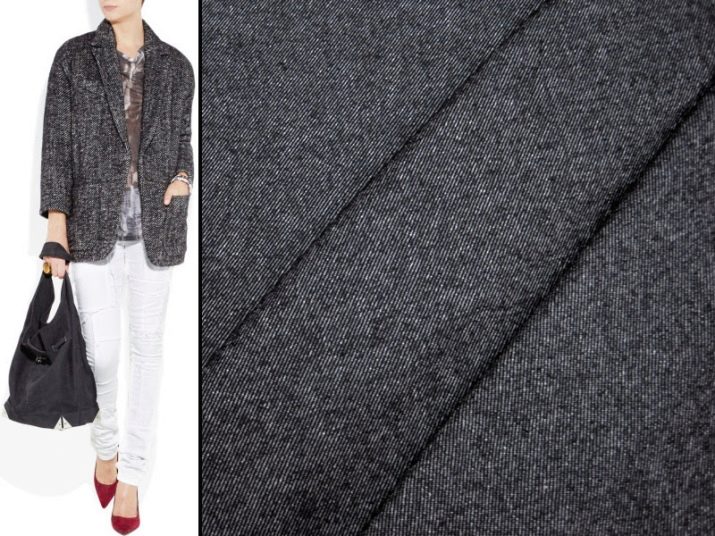
Wool Blend
The composition of the wool blend also contains polyester, linen and viscose. The ratio of raw materials depends on production technology. A beautiful hem is formed on the front side of the canvas using twill weaving. Wool gabardine is popular in the production of men's business suits.
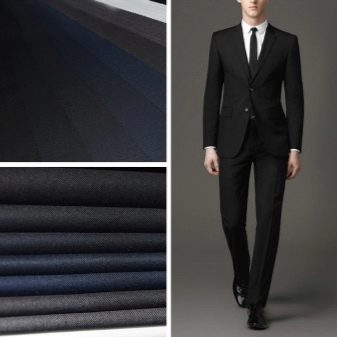

Mottled
"Melange" is called a gabardine fabric made from threads of several colors. Most often, threads of different shades of the same color are used. Moreover, the greater the degree of difference between the threads, the more pronounced the effect is obtained.Melange gabardine is used for tailoring suits and casual dresses.
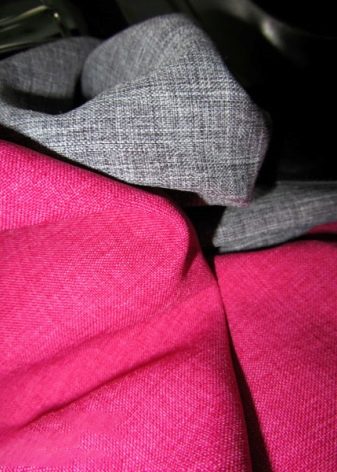
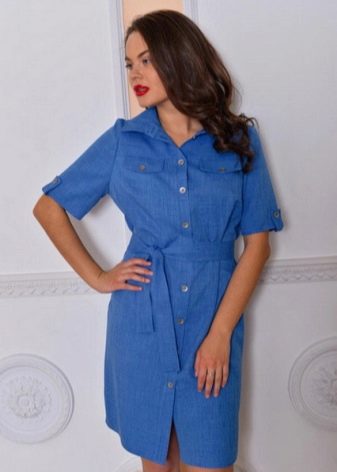
Staple
Staple fabric is made from short fibers using water-repellent impregnation. The finished canvas is less durable, but equally beautiful and has a low cost. Great fit for sewing raincoats and tablecloths.
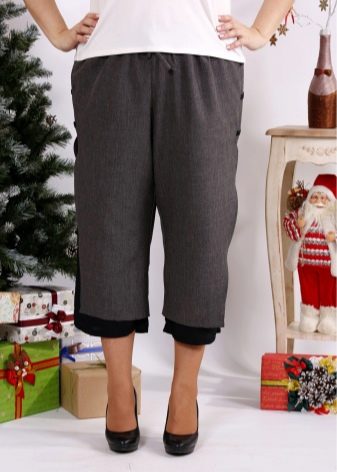
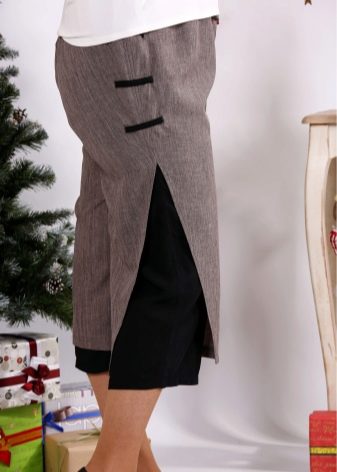
Cotton
Using cotton, the fabric is lighter in weight, but wear resistance does not suffer. Cotton fibers have a twisted structure, therefore the fabric is very durable. Pants, skirts, dresses, shirts, a medical uniform are made from such fabric.

Silk
For the manufacture of silk gabardine, artificial silk fibers are used. The appearance and properties of the material depend on the twisting of silk threads. If it is dense, then the softest canvas with a silk sheen is obtained. If the twist is weak, then the surface of the fabric is matte with a satin effect. Silk gabardine is great for tailoring evening dresses and curtains.
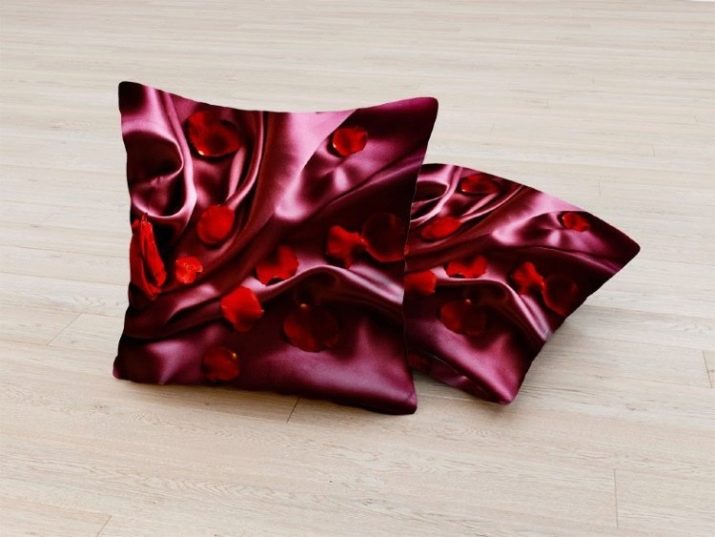
Synthetic
The main part of this fabric is polyester, which is unpretentious in care and has excellent wear-resistant properties. Overalls are sewn from synthetic gabardine, which are often exposed to dirt and wear.
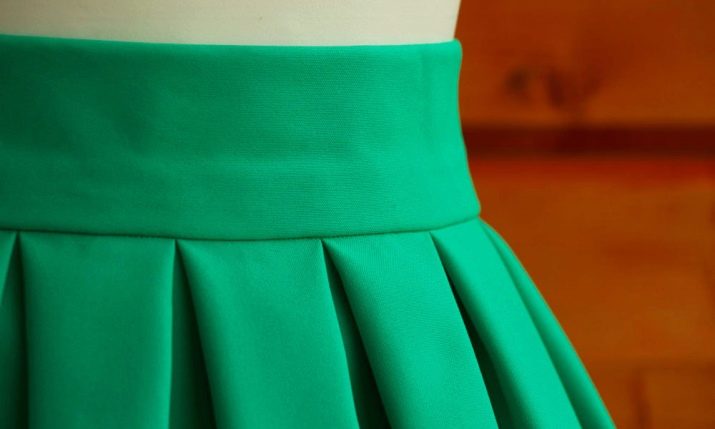
Incombustible
Non-combustible gabardine consists of 100% polyester. When ignited, the fabric smolders slowly, and then completely fades. Curtains are made from such material, upholstery is mainly for public institutions.
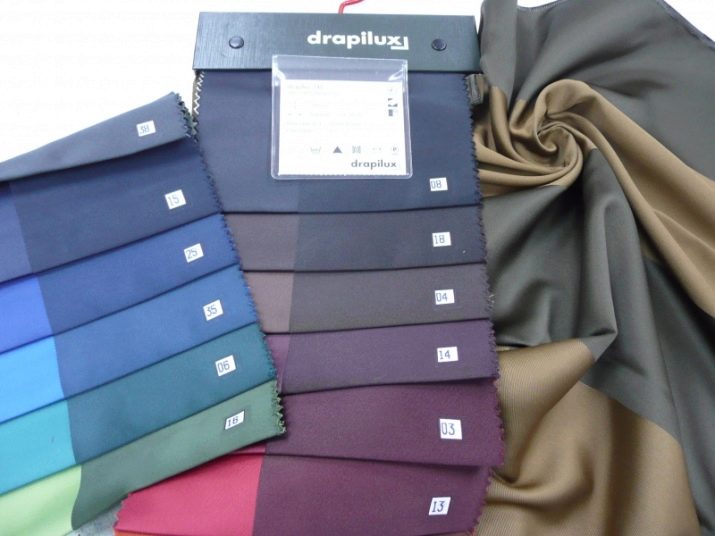
Mixed
This is a mixed composition material. The main thing for mixed material is the rib weaving characteristic of gabardines. In this case, gabardine is a way of weaving threads.
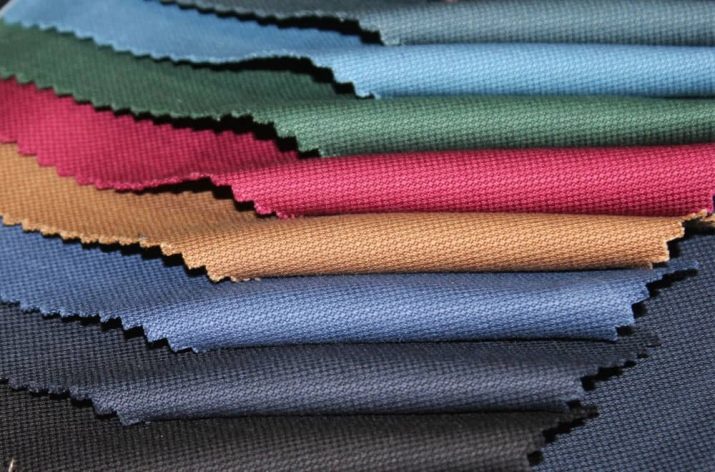
Comparison with other materials
Gabardine and Blackout
Blackout has very strong sunscreen properties. And if we compare it on this basis with gabardine, then blackout absorbs light rays by 99%, and gabardine only 70%. To be more precise, blackout does not pass not only the rays of the sun, but also the light of car headlights and neon light. Blackout is also able to lower the volume of noise by 30% and, if necessary, they can zone the space in the room.
The price of blackout is higher than the price of gabardine and it is chosen if the light-protective properties of the material come first. If in the first place the price and the buyer are satisfied with the percentage of gabardine light protection, then they opt for it.
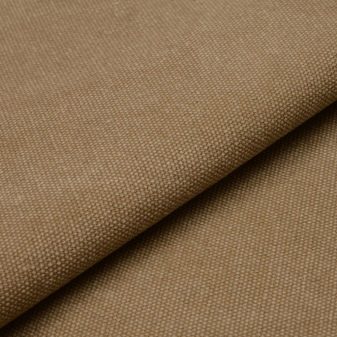
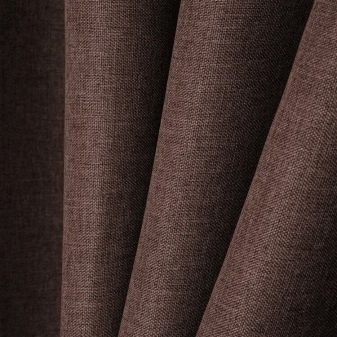
Gabardine and Satin
Satin fabric, unlike gabardine, is made from pure cotton threads or with the addition of synthetics, viscose and silk. Gabardine is dominated by wool. The use of a special weave with lengthening of thread ceilings creates the effect of smoothness on one side and roughness on the other. Depending on the type and composition of satin, linen, clothes or curtains are sewn from it. In general, satin is a lighter fabric than gabardine and is not suitable for products with increased wear. Of all the types of satin, 3D satin stands out. Special weaving gives volume to the details of the picture. Externally, products with such an effect look very beautiful.
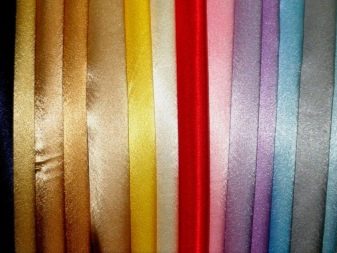
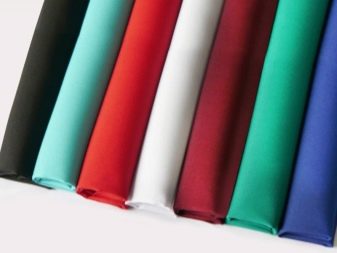
What is sewn from it?
From a gabardine fabric, you can sew things of a very wide range: from underwear to work and uniform. Also, this material is widely used for sewing textile interior items or its elements. Overalls made of this material have enhanced wear resistance properties. It does not wrinkle, is perfectly erased and has a long service life. Plus, it looks pretty decent for clothes of this kind.
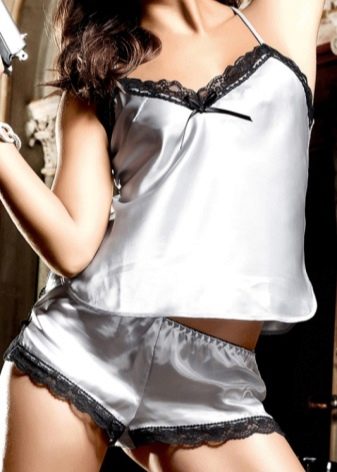
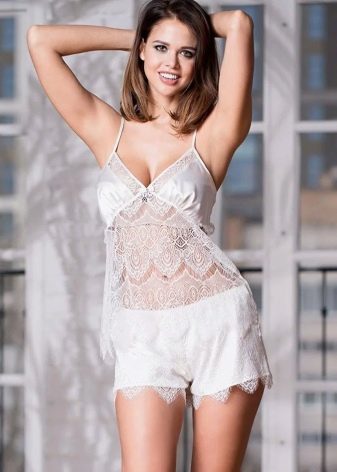
For outerwear, the properties of impermeability, protection from wind and rain, and heat conservation are important. Gabardine fabric is used for sewing coats and raincoats. Casual and evening dresses are valued for their softness, beauty, comfort and versatility.Evening dresses look very elegant thanks to soft drapery, bows, the prevalence of simple silhouettes and conciseness.
Business suits made of this material do not wrinkle and always have a presentable look. Moreover, both male and female models are popular. Women's suits can be both with trousers and with skirts.
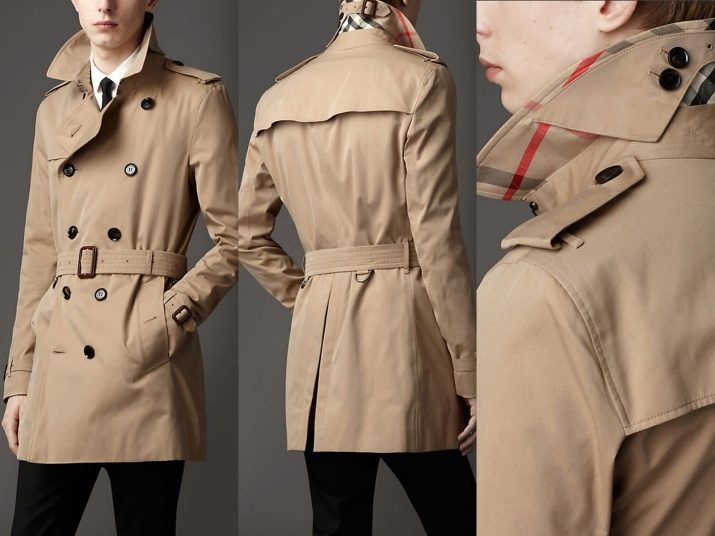
Decor items made of gabardine fabric do not change shape under mechanical stress. In addition, they are very easy to care for. For example, night curtains can last indefinitely, protecting the room from light rays. Tablecloths, napkins, bedspreads, pillowcases for sofa cushions and chair covers and upholstered furniture are also sewed from gabardine. Curtains from this material are used in the theater as background. Gabardine cloths are used in the advertising business. For this sphere, a dense canvas of white color is selected, advertising posters and panel constructions are created. In this case, the bumping of the material for applying the paint is used.

Care
Depending on the composition of the gabardine product, different care is required. For example, in order not to spoil the woolen products, it is better to hand them dry cleaning. Especially, this applies to coats, short coats and business suits. If you wash your woolen clothes yourself, you need to do this at a temperature of 30 degrees, choosing a special washing mode and a special means for washing wool. Synthetic things are perfectly machine washable with washing powder or washing gel. If there is a choice, it is better to use the gel, as it rinses better.
When washing in a car, it is advisable to turn things inside out. But if this, for example, is an evening dress, then you need to choose a more gentle washing mode. Also, things from gabardine with the addition of synthetics perfectly stretch by hand. It is recommended to wash dresses, skirts, tablecloths and other products from synthetic gabardine with the addition of cotton at a temperature of 40 degrees.
At the same time, it is better to turn off the twisting mode and unscrew the products by hand.
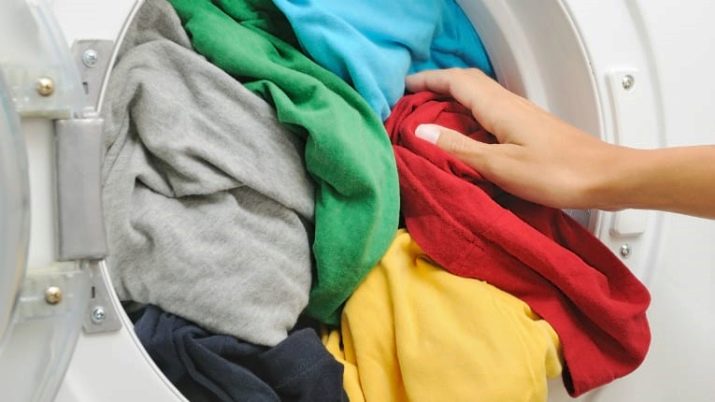
Gabardine products are recommended to be ironed with a warm iron. If “hot ironing” is still required, wet gauze or other suitable material must be placed between the ironed item and the iron. Also, for gabardine products, it is recommended to use the wrong side ironing. The temperature regime for ironing must be indicated in the product labeling.
When washing gabardine products, bleach must not be used, since the color of the fabric can be ruined. White material can easily turn yellow. It is also not recommended to remove stains on colored and black products from this fabric.
It is recommended to dry gabardine products in a suspended and unfolded form. They dry quickly enough. At the same time, tumble dryers are not recommended for use.
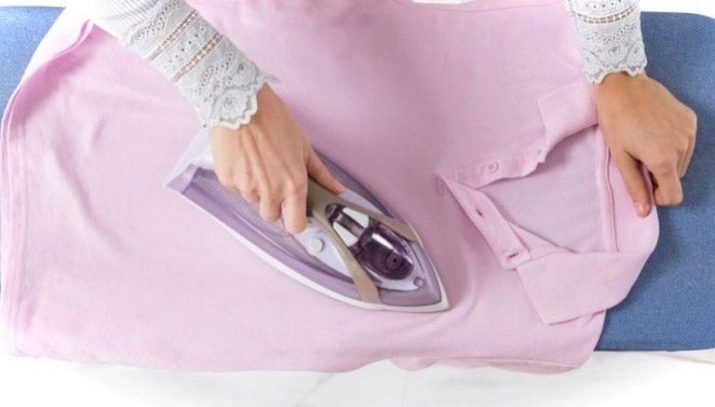
For how to choose gabardine fabric, see the next video.










